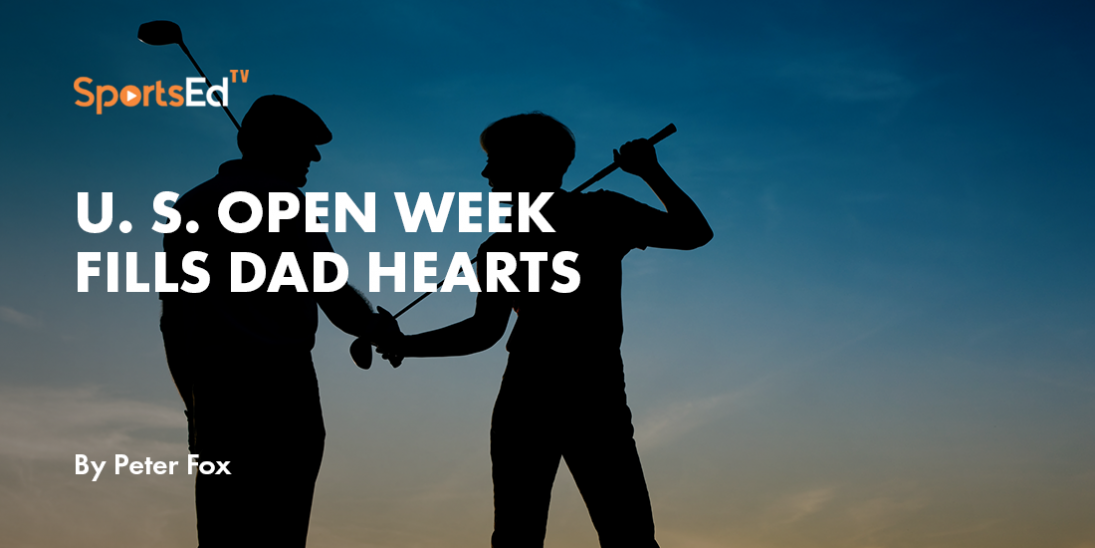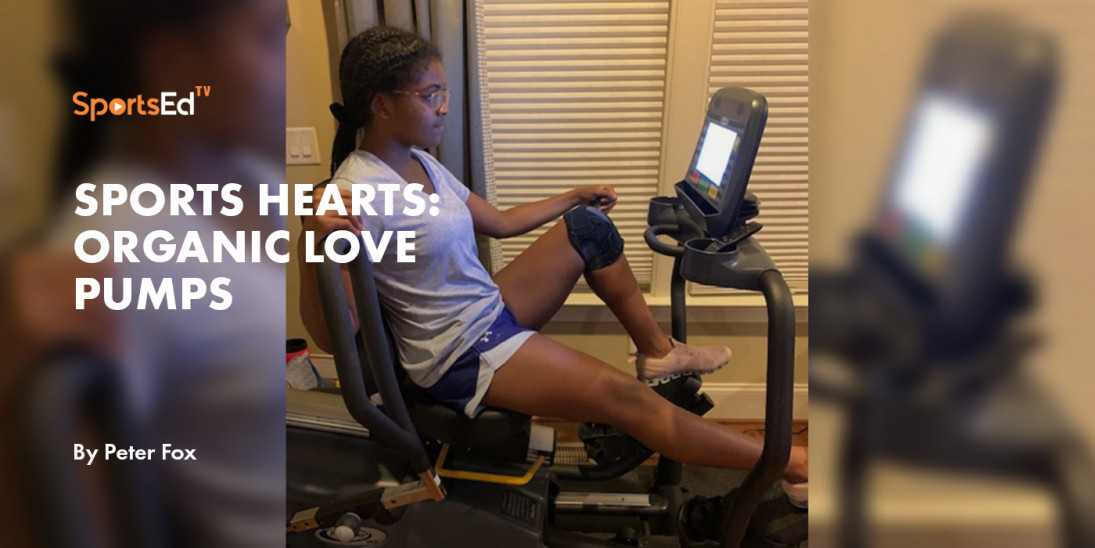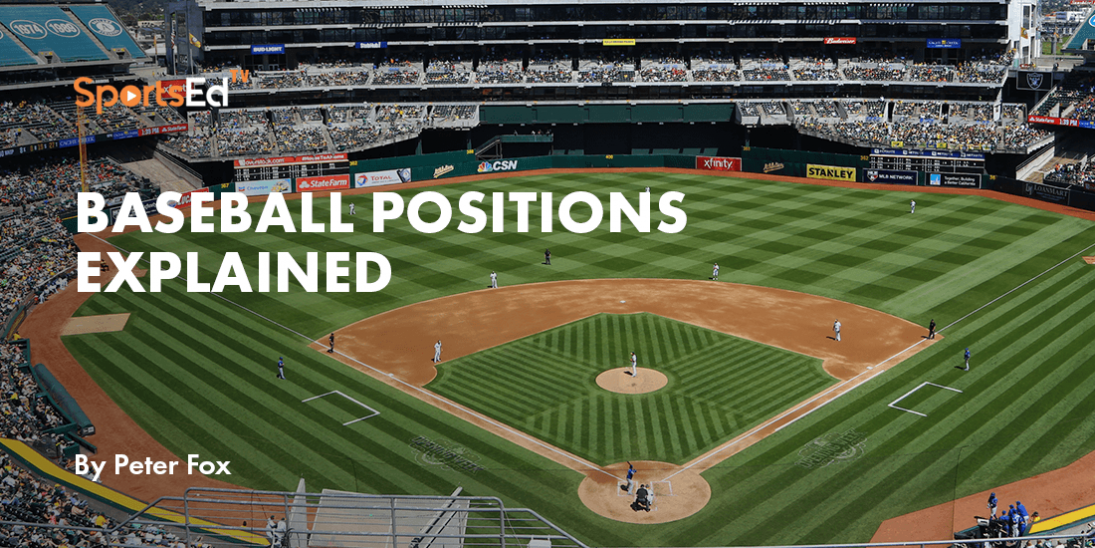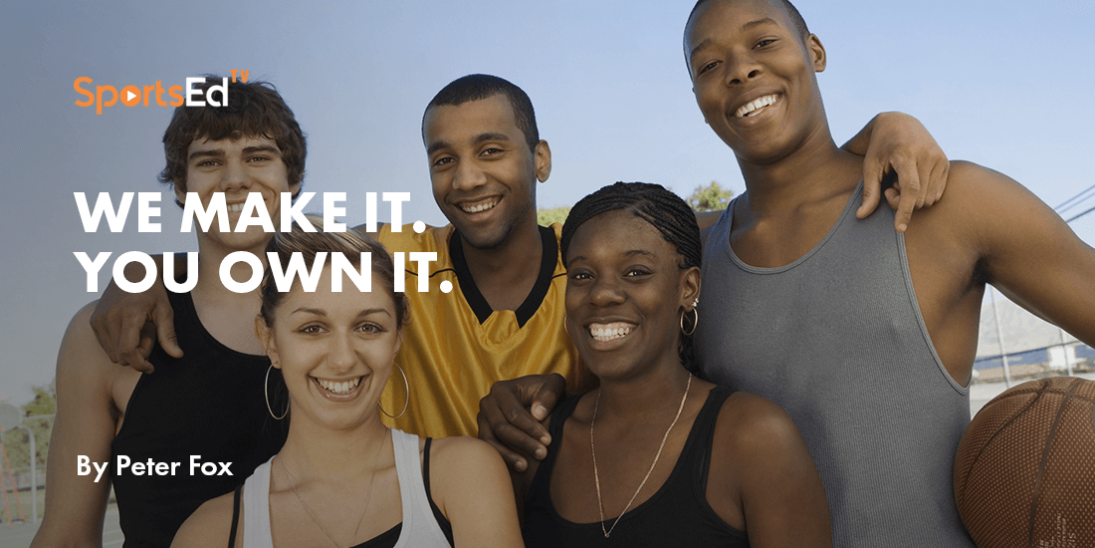NIL, Recruiting
Welcome and thanks for visiting...

What Does NIL Mean?

Nil, nada, zilch, have long stood for zero scoring in sports. Nada and Zilch still do.
But, NIL, today is new territory.
It's the acronym standing for the new permissions for not-so-professional athletes to be compensated for the commercialized use of their names, images, and likenesses.
What’s wrong with that? Not for me to say.
After all, why should athletes not have the same earning advantages as the internet and marketing savvy of smart kids who use their given talents to earn?
Given the NIL gold rush that has ensued, triggered when NCAA earning regulations were relaxed for collegiate athletes, an unpredicted surge of spin-off NIL fallout has occurred.
In recruiting NIL has become as important as any scholarship, it seems. In big-time schools, syndicates of booster collectives have formed to ensure their favored team doesn't get outbid in the NIL money contests.
Add the new NCAA transfer rules to NIL, and coaching at that level has become a recruiting minefield at the highest levels, only to be navigated with substantial greenback opportunities for talented athletes, many leading coaches have publicly observed.
Breathtaking while researching these observations is a report in major media that a high school football player—identity unrevealed at this writing—has inked a deal worth up to $8 million, with a $350,000 immediate payment and escalating payments worth $2 million each college year, beginning in 2023.
In a sports industry marketplace expected to reach $600 billion soon and $826 billion by the end of the decade, that $8 million seems a trifle, though hard to believe that a young footballer and his family feel that way.
The record-breaking offer triggers trickle-down to his peers—other high school athletes, as NIL has found its way to the locker, coaching, and living rooms where high school athletes can be pitched.
Are junior high and grade school athletes far behind?
Kristi Dosh writes in Forbes, "Although only a handful of state laws and state high school sports associations explicitly allow high school student-athletes to monetize their name, image, and likeness at this time, we're increasingly seeing states and associations grant approval and high school athletes sign NIL deals.”
Post-time, it appears nine states have approved NIL contracts with athletes during their high school years: Alaska, California, Colorado, Kansas, Louisiana, Nebraska, New Jersey, New York, and Utah.
Braly Keller of Openendorse created a 50-state study of high schools permitting NILs.
He advised, "if you are a student-athlete, parent, brand, or interested individual, it is strongly encouraged to contact your high school athletic director and/or high school association for specific information.”
Why should there be NIL blowback for a young man who has taken hundreds of linebacker hits in Friday night football battles, when Coco the 11-year-old Instagram influencer fashionista can earn a million dollars getting gussied up and looking pretty and Ryan Kaji another pre-teen is earning mega bucks from Amazon, Walmart, Skechers among others for his Ryan’s World online influences?
These thoughts incite reverse speculation:
Is NIL or its inevitable play-for-pay iterations exclusive to the big office marketers? What about the main street and the retailers of the world, local and competing for countable in-the-door traffic?
Had NIL existed during Happy Days would high school corridors have been a sea of After School at Arnold’s tee shirts…or, River City Pool Hall logos screen printed on backpacks?
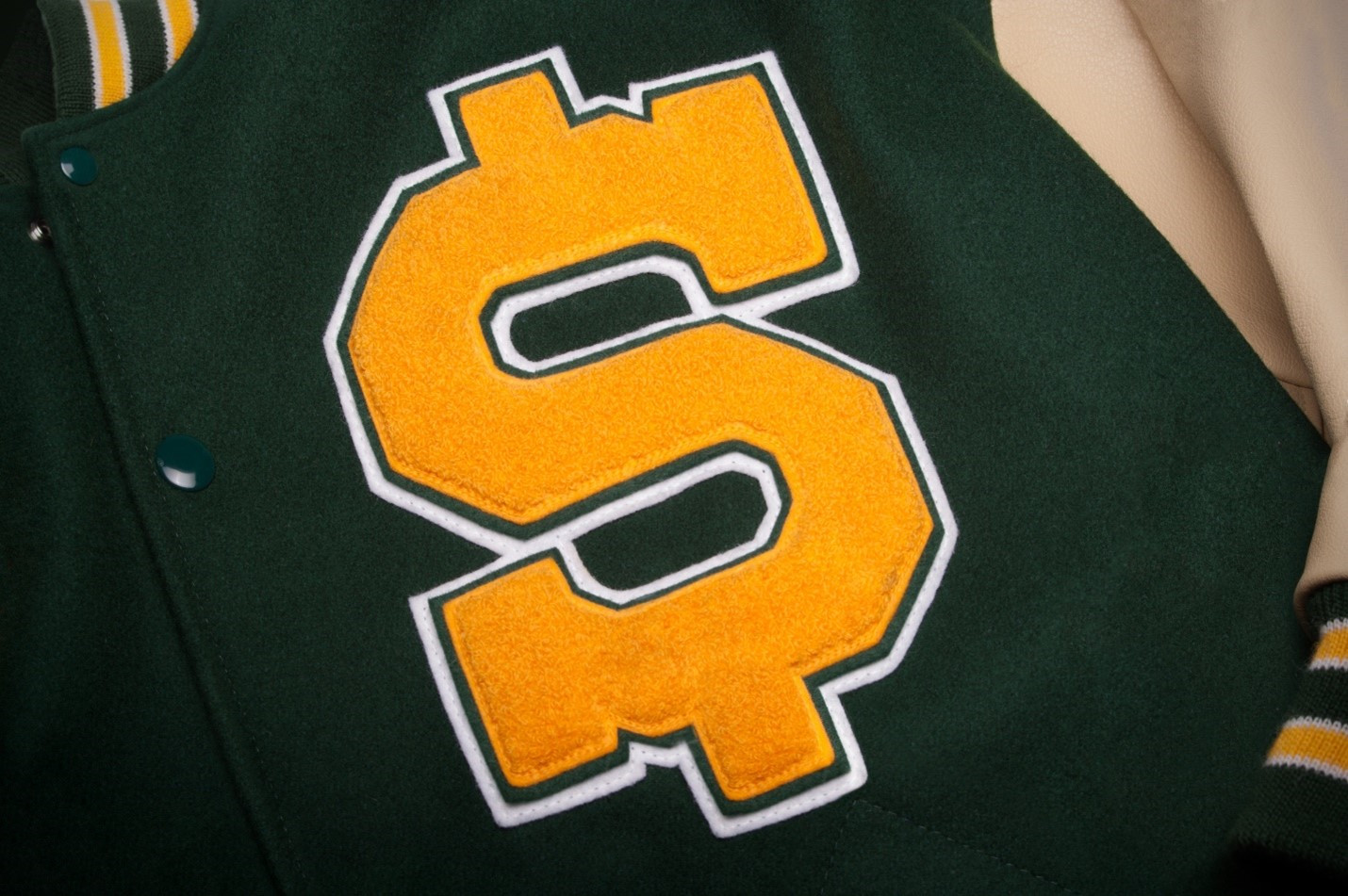
NIL-style deals could be a bonanza for the more than 143 thousand small retail specialty shops in the USA. If the prom queen can rock a flower shop sash, why can't the quarterback sport about in a billboarded street rod?
Unintended consequences often result when norms, even statutes, and laws change.
As NIL and transfer regulations are showing, they can have positive and negative impacts on direct and unintended constituencies in the sports world.
For a positive instance, in the case of collegiate near-superstars, it might make dollar sense for them to stay in school and enjoy NIL revenue for a full four years while getting a scholarship degree rather than risk early entry in NFL or NBA drafts and passing over or being chosen in a lesser paying late selection by a pro team.
During this NIL era, it will take sports leadership with clarity, empathy, precision, and integrity to protect the athletes, institutions, associations, and stakeholders in amateur athletics.
All parties to the sports equation should play responsible roles in NIL’s overt play-for-pay new norm.
SportsEdTV will.




